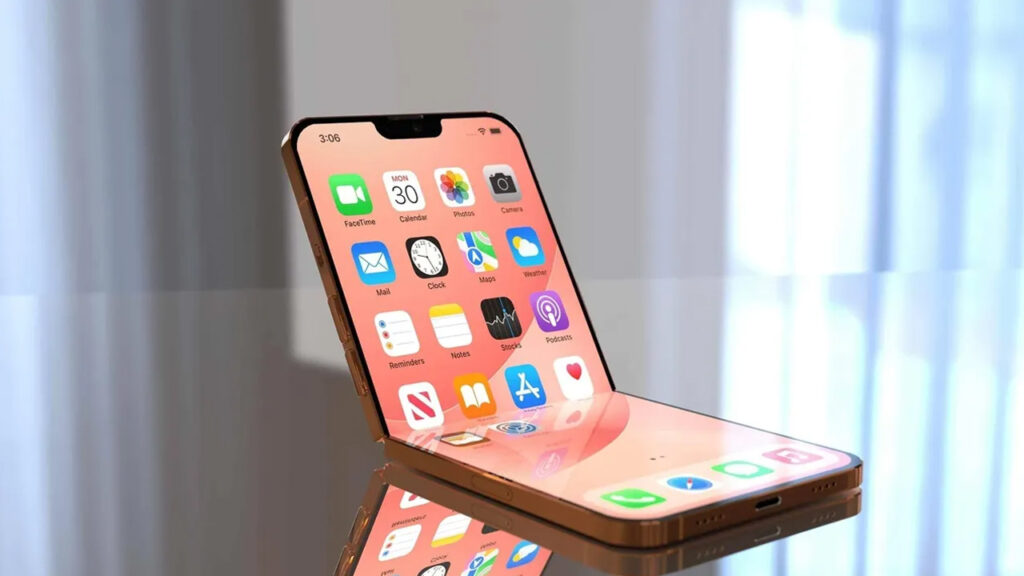
Smartphones are no longer just a part of our lives, they have become a necessity. So much so that we can do many things on these devices that fit in our pockets without the need for a computer or wallet. But it wasn’t always like this.
The first tangible examples in this field are the IBM Simon, the world’s first touchscreen phone, which went on sale in 1993, and the Nokia 9000 Communicator, which went on sale in 1996. However, even though these devices were ahead of their time, they do not exactly fulfill the concept of a smartphone as we imagine it in our minds.
Where is smartphone design going?
Because the smartphones we are used to today were born and continue to exist with Android and iOS operating systems. These devices, which once only performed functions such as making calls, sending messages and emails, and browsing the internet, have now become sophisticated products with advanced artificial intelligence hardware and software that allow us to manage our home, car, bank accounts and business with a few voice commands.
Of course, as phones evolve, we see that their designs change in a very short time. But for some time now, many tech lovers have agreed that the design of smartphones has reached a dead end. And why is that?
The screen sizes of these devices, which first appeared 3-4 inches in size and up to 2 centimeters thick, increased over time. So much so that we saw models up to tablet size. Of course, this increase in size also led to the development of thin and long batteries instead of thick and short.
During this period, it became a fashion to both increase the screen size and reduce the thickness of the phones, and the sector progressed in this direction. In the process, we also saw 5 mm thick phones. But in the same period, an involuntary problem emerged.
Although it was possible to make phones and batteries thinner, the camera sensor and lens took up a lot of space. For this reason, there were modules that doubled the thickest point of the phone, even though there was only one camera, contrary to the design of the device.
In this field, especially Asian companies have been carrying out great R&D studies and started to file the camera protrusion a little more with each new model. Of course, another method for those who could not achieve this was to enlarge the battery and make the protrusion look less.
But at the end of the day, the desired success was achieved. As many of our readers will remember, the camera protrusion in the Samsung Galaxy S9-S10 series, Xiaomi Mi 8-9 series and iPhone 7-8 series was quite small, even almost non-existent.
Immediately after this, the era of increasing the screen case ratio began. Although we are still talking about the frame thickness of the devices today, they managed to achieve this goal with solutions such as curved screens. But there was one more problem: the space occupied by the front camera.
Many brands have adopted the drop notch or hole display design. Apple adopted the iconic design language known as the notch. However, during this period, they were so busy reducing the front camera area and even managing to completely remove the front camera from the screen thanks to the mechanical camera modules that come out of the device, that they forgot about the rear camera design they had been striving for years ago.
As technology has developed faster than expected and competition has increased with Chinese companies becoming more present in the industry, the design has been put on the back burner. Camera sensors got bigger and the race was on to see who could add more cameras.
At the end of the day, there were devices that lacked design with 4-5 cameras on the back, partly because they emulated Apple with their notches and partly because they did not want to lose the competition on the Android side. However, those days are also behind us. Now, hole screen technology has become standard. On the back, the main camera, wide angle camera and telephoto camera that can zoom became standard.

{{user}} {{datetime}}
{{text}}